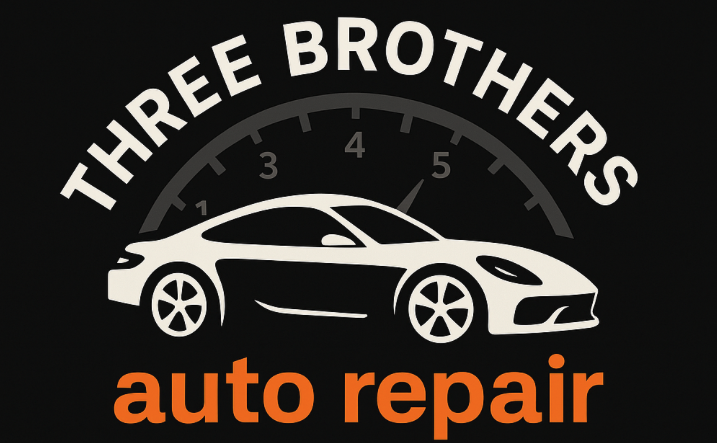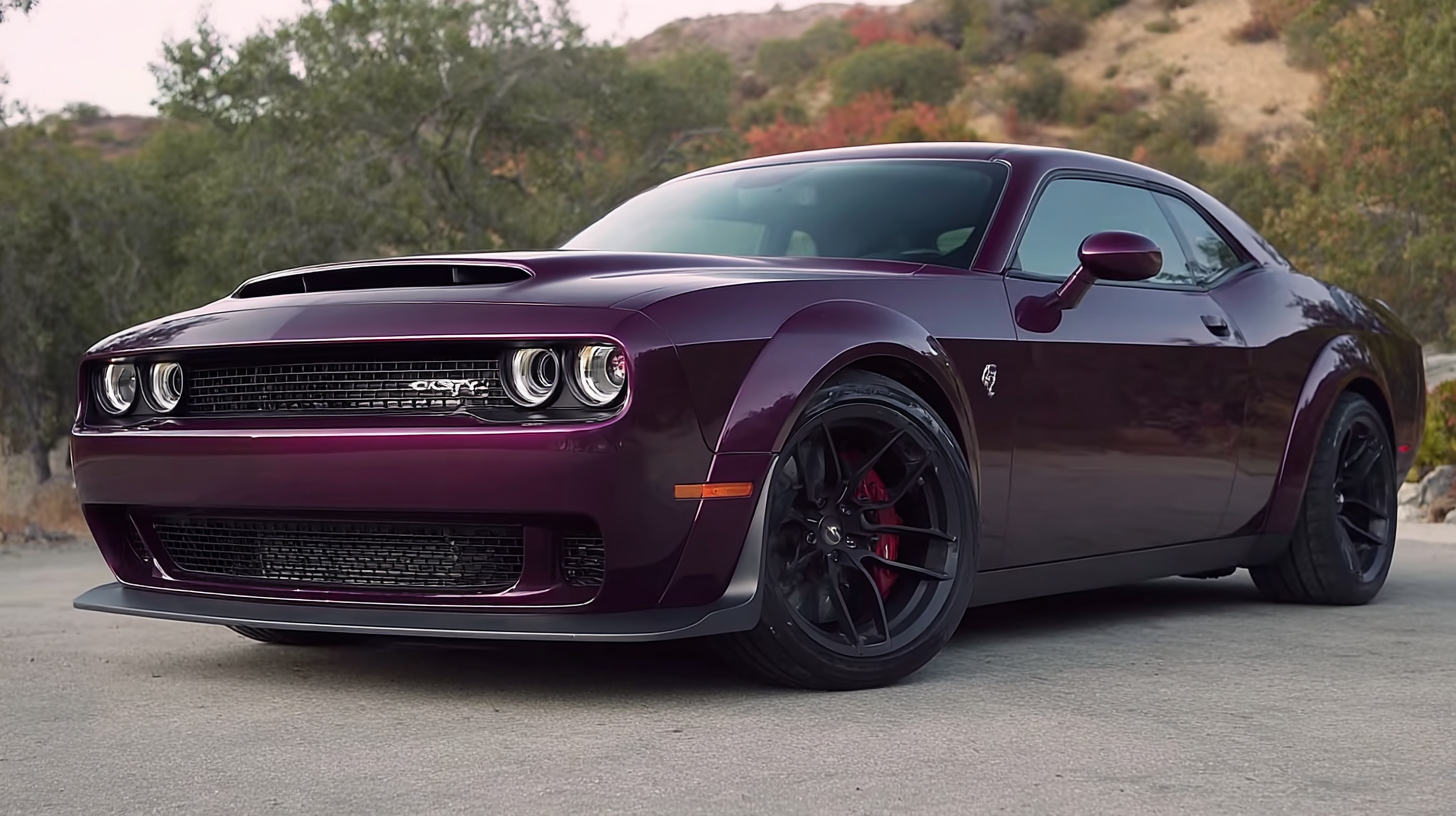There’s a reason the name “Hellcat” has become legend among American car enthusiasts. The Dodge Hellcat refers to Dodge’s family of supercharged 6.2L HEMI V8 engines and the high-performance models that house them, first unleashed in 2015 to shock the automotive world. As a New Jersey auto repair shop with a passion for muscle cars, we at Three Brothers Auto Repair often get asked about the Hellcat’s astonishing performance. These Hellcat-powered Dodge vehicles, from the Challenger and Charger to even a three-row SUV, deliver jaw-dropping horsepower well above 700, along with a signature supercharger whine and tire-shredding acceleration. In this article, we’ll explain what makes the Hellcat so special, explore the different Hellcat variants, and compare their impressive performance.
- The Heart of the Hellcat: Supercharged HEMI Power
- Challenger vs Charger: Two Ways to Harness Hellcat Power
- Special Hellcat Variants: Redeye, Demon, and More
- Hellcat Model Performance Comparison
- The Legacy of Hellcat Performance
- What is the difference between the Hellcat models?
- How fast does a Hellcat go from 0 to 60?
- Why are Hellcats being banned?
- Is a Hellcat or 392 faster?
The Heart of the Hellcat: Supercharged HEMI Power
At the core of every Hellcat is a monstrous 6.2-liter supercharged HEMI V8 engine. This powerhouse is factory-rated at 707 horsepower (now 717 hp in recent models) and around 650 lb-ft of torque in its standard form. For context, that’s about double the output of an already potent 5.7L HEMI V8. To achieve these numbers, Dodge fits the Hellcat with a large supercharger forcing air into the engine at high boost, producing a distinctive whine under throttle. The engine internals are heavily reinforced with forged pistons, upgraded rods, and advanced cooling systems to withstand the tremendous forces. Even the key fobs reflect the Hellcat’s outrageous power: owners get a “red key” that unlocks the full 700+ hp, and a “black key” that limits the output to around 500 hp for everyday driving. In our experience servicing Hellcats, we’ve found that this engine is as robust as it is powerful, provided it’s well-maintained. It’s an engineering marvel that delivers extreme performance while remaining street reliable, which is part of why the Hellcat has redefined American muscle car performance.
Challenger vs Charger: Two Ways to Harness Hellcat Power
The Hellcat engine finds its home primarily in two Dodge models: the Challenger coupe and the Charger sedan. The Challenger SRT Hellcat is a two-door muscle car in the classic vein, whereas the Charger SRT Hellcat offers four doors and room for the family, while still packing the same supercharged V8 punch. Both models churn out over 700 horsepower (717 hp in recent standard tunes) through rear-wheel drive, providing a retro muscle-car experience with modern brute force. Notably, the Challenger Hellcat was even offered with a six-speed manual transmission, while the Charger Hellcat comes exclusively with the quick-shifting 8-speed automatic.
Despite their size and weight, both Hellcat siblings deliver astonishing performance on the road. With launch control and performance tires, 0–60 mph can take as little as 3.5 seconds, although traction is a challenge with so much power on tap. Given enough room, Hellcats can achieve supercar-like top speeds — a Charger SRT Hellcat Redeye, for example, can reach around 203 mph, making it one of the fastest sedans ever built. Either way, driving a Hellcat means managing an avalanche of power that will put a grin on your face every time.
Special Hellcat Variants: Redeye, Demon, and More
Dodge didn’t stop at the “base” Hellcat. They kept pushing the envelope with even more potent variants and special editions. Notable Hellcat-powered variants include:
-
Hellcat Redeye — Available in both Challenger and Charger, the Redeye edition uses a larger supercharger to crank output up to about 797 hp. This upgrade delivers even more extreme straight-line performance than a standard Hellcat (Redeye models are automatic-only).
-
Challenger SRT Super Stock — A drag-oriented 807-hp Challenger Hellcat introduced in 2020. It comes with sticky drag radial tires and retuned suspension for maximum acceleration. 0–60 mph arrives in roughly 3.25 seconds and the quarter-mile in 10.5 seconds, putting the Super Stock close to Demon territory.
-
Challenger SRT Demon (2018) — The ultimate factory drag racer, produced in 2018 as a limited-run. The Demon made up to 840 hp on high-octane fuel and came with special drag gear. In ideal conditions it could rip 0–60 in ~2.3 seconds and blaze through the quarter-mile in 9.65 seconds. Dodge capped the Hellcat era with the 2023 Demon 170, which boasts 1,025 hp on E85 fuel.
-
Durango SRT Hellcat — A three-row Dodge SUV outfitted with the Hellcat engine (produced in 2021 and again in 2023). With 710 hp and standard all-wheel drive, the Durango Hellcat launches hard for a 5,500-lb vehicle — 0–60 in just 3.5 seconds and the ¼-mile in 11.5 seconds.
Hellcat Model Performance Comparison
For a quick glance at how these Hellcat variants stack up, here’s a comparison of their key performance figures:
| Model | Horsepower | 0–60 mph | ¼-mile (ET) | Top Speed |
|---|---|---|---|---|
| Challenger SRT Hellcat (Base) | 717 hp | ~3.6 sec | ~11.8 sec | ~199 mph |
| Challenger SRT Hellcat Redeye | 797 hp | ~3.5 sec | ~10.8 sec | ~203 mph |
| Challenger SRT Super Stock | 807 hp | ~3.3 sec | ~10.5 sec | 168 mph (limited) |
| Challenger SRT Demon (2018) | 840 hp | ~2.3 sec | 9.65 sec | 168 mph (limited) |
| Challenger SRT Demon 170 (2023) | 1025 hp | ~1.66 sec | 8.91 sec | ~170 mph (limited) |
| Charger SRT Hellcat (Base) | 717 hp | ~3.6 sec | ~11.9 sec | 204 mph |
| Charger SRT Hellcat Redeye | 797 hp | ~3.5 sec | ~10.6 sec | 203 mph |
| Durango SRT Hellcat | 710 hp | 3.5 sec | 11.5 sec | 180 mph |
The Legacy of Hellcat Performance
In conclusion, the Dodge Hellcat lineup has left an indelible mark on the automotive world. Few production cars in history have offered the level of accessible horsepower and visceral excitement that the Hellcat models do. From the street-friendly Challenger and Charger Hellcats to the record-shattering Demon, these vehicles embody the spirit of American muscle in the modern age. As performance enthusiasts and professional mechanics in New Jersey, we at Three Brothers Auto Repair truly appreciate what the Hellcat represents — a blend of engineering audacity and nostalgic power. While Dodge is now pivoting toward a new era (with electrified performance on the horizon), the Hellcat’s legacy will live on through the roar of supercharged V8s still on the road. We’re proud to have shared our insights on Hellcat performance, and we stand ready to help fellow Hellcat owners keep these incredible machines running at their best. For those lucky enough to own one of these modern muscle legends, every drive is a reminder that the Hellcat spirit lives on.
-
What is the difference between the Hellcat models?
Hellcat models differ mainly in power output and performance tuning. The standard Hellcat produces around 717 horsepower, while the Redeye and Super Stock versions push beyond 797 hp thanks to upgraded superchargers, fuel systems, and cooling components.
-
How fast does a Hellcat go from 0 to 60?
Most Hellcat models can accelerate from 0 to 60 mph in just 3.4 seconds, with the top versions reaching even quicker times under ideal track conditions.
-
Why are Hellcats being banned?
Hellcats are not being “banned,” but Dodge is phasing them out due to stricter emissions regulations and a shift toward electric performance vehicles under the Dodge eMuscle lineup.
-
Is a Hellcat or 392 faster?
The Hellcat is significantly faster. While the 392 HEMI delivers strong performance at around 485 horsepower, the Hellcat’s supercharged engine gives it a massive edge in both acceleration and top speed.

